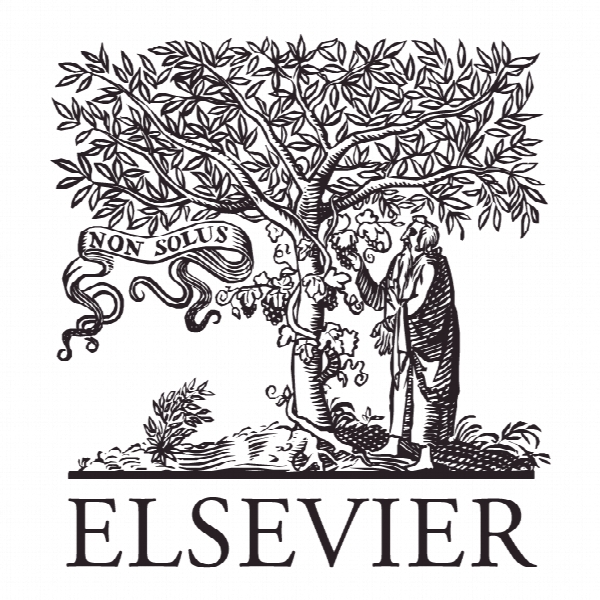نقش امید مصرف کننده در توضیح تأثیر ارزش برند بر نتایج ارتباط مشتری با برند در محیط خرده فروشی آنلاین Examining the role of consumer hope in explaining the impact of perceived brand value on customer–brand relationship outcomes in an online retailing environment
- نوع فایل : کتاب
- زبان : انگلیسی
- ناشر : Elsevier
- چاپ و سال / کشور: 2018
توضیحات
رشته های مرتبط مدیریت
گرایش های مرتبط بازاریابی، مدیریت منابع انسانی، تجارت الکترونیک
مجله نشریه خرده فروشی و خدمات مصرف کننده – Journal of Retailing and Consumer Services
دانشگاه Tasmanian School of Business and Economics – University of Tasmania – Australia
منتشر شده در نشریه الزویر
کلمات کلیدی انگلیسی Online retail, Brand value, Hope, Trust, Commitment, Satisfaction, Goal attainment
گرایش های مرتبط بازاریابی، مدیریت منابع انسانی، تجارت الکترونیک
مجله نشریه خرده فروشی و خدمات مصرف کننده – Journal of Retailing and Consumer Services
دانشگاه Tasmanian School of Business and Economics – University of Tasmania – Australia
منتشر شده در نشریه الزویر
کلمات کلیدی انگلیسی Online retail, Brand value, Hope, Trust, Commitment, Satisfaction, Goal attainment
Description
1. Introduction In the past two decades, online purchasing has grown substantially, and technological advancements have made purchasing experiences considerably more time-efficient, transparent and easier (Rosqvist and Hiselius, 2016; Mortimer et al., 2016). Between 2007 and 2012, global online retail sales grew from US$236 billion to US$521 billion have been estimated to reach $1248.7 billion in 2017 (Verma et al., 2016). With the growth and availability of e-commerce platforms worldwide, greater price transparency and faster delivery times, customers have become more conscious of the value of this channel (Denegri‐Knott, 2006; Nedergaard and Gyrd-Jones, 2013). Accordingly, scholars and practitioners alike need to better understand the factors that improve the relationship between consumers and online retailers in order to enhance brand value and, accordingly, grow revenue and profit (Goswami, 2015; Kim et al., 2015). With multi-channel retail business models becoming more dependent upon online sales it is vital to understand the factors that impact online purchases and repurchase intentions (Chen et al., 2016; Darke et al., 2016; Stathopoulou and Balabanis, 2016; Kim et al., 2015; Malhotra et al., 2017). Customer-perceived brand value has been identified as a significant factor impacting consumer relations with the brands offered by online retailers (Li et al., 2012). To date, the majority of research has focused on the relationship between perceived brand value and loyalty outcomes, and various indices of brand performance (see for example, Giovanis and Athanasopoulou, 2018). Less studied are the putative mechanisms through which customer perceptions of brand value influence loyalty outcomes, such as satisfaction with, trust in and commitment to the brand. Addressing this gap is important; given the increasing proportion of time customers spend interacting with brands online in the hope that they will have positive relationship experiences. A positive relationship between a brand and its customers in an online retailing context is important to drive long-term commitment; as such, retailers continue to make investments to enhance customers’ perceptions of the value of the brands they sell (Kim et al., 2006). Yet, simply measuring customer perceptions of the value of the brand does not adequately predict affective customer outcomes, as these perceptions can be formed based on external stimuli, such as advertising, pricing, word-of-mouth (eWOM) or economic grounds. This focus on external stimuli may overlook the scope of positive emotions and does not offer a complete psychological explanation of the relationship between customers and brands (Uncles et al., 2003; Jang and Mattila, 2005). It is critical to consider the role of customer positive emotions in an online setting given the fact different strategic branding directions may be required in cases where the customer is unable to touch, feel, and test the product (Liu et al., 2017). In contrast to in-store retailing, where the customer is able to physically engage with the product, they are likely to obtain a higher level of confidence in quality and product/ brand evaluations (Grohmann et al., 2007), unlike found in an online context.


